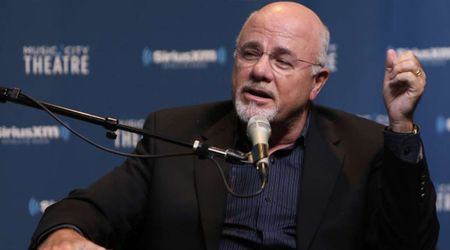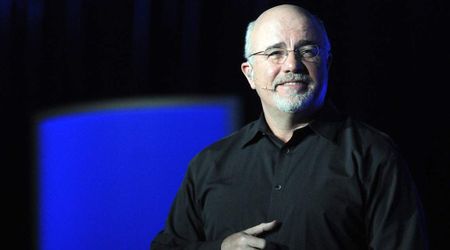Here's What Is Eating Away the Excess Pandemic Savings of Americans

Editor's Note: This article was originally published on July 12, 2023.
People had little to enjoy and nowhere to go or spend during the pandemic, which resulted in wealth accumulation in American households. However, this savings has gradually declined over the past two years and is now almost gone. Different direct and indirect stimulus payments that the American household received, and the pause on the Federal student loan also added to a pile-up of money in American bank accounts. According to research by Federal Reserve economists Francois de Soyres, Dylan Moore, and Julio Ortiz, excess savings mean when the households are holding more money than the preceding savings trend.
"To mitigate the health and economic fallout from the COVID-19 pandemic, governments around the world engaged in large fiscal support programs which increased the demand for consumption goods, but production of these goods did not adjust quickly enough to meet the sharp increase in demand," the economists noted.

A drawdown of excess savings means more aggregate demand
The economists note that this sharp decline in savings indicated that these dollars played a huge role in supporting demand in the economy in the last two years. "Given the more rapid drawdown of excess savings, aggregate demand in the United States is likely to have been more than in other countries over the past year." In the research report, the economists also noted that this is not the first that there has been a build-up in savings in American households. However, in the past, the savings had taken more time to deplete as compared to this year. This time, the savings was depleted in 10 quarters as compared to the 1980 recession when it took 19 quarters for the excess savings to drain.
Why did the savings deplete?
The reason behind the sharp decline in savings could be attributed to inflation. Consumer prices skyrocketed in 2021 which means higher spending to make ends meet. Inflation peaked at 9.1% in June 2022, which was the highest in the last 40 years at which point this savings began to decline dramatically, per CNBC. To tackle inflation, the Fed introduced interest hikes which have so far seen 10 revises (hikes) in the last 15 months, which is also not helping the situation for the average American at the moment.
Americans are unable to save as much as they used to

The US personal savings rate is at its all-time low right now. The annual personal saving rate was 4.6% in May 2023, which is below the annual average of more than 8% according to the FRED Economic Data. This is also a huge decline, compared to the pandemic where people were able to save almost 30% of their monthly income. “Something like $2 trillion to $2.5 trillion above what we would have otherwise expected was saved by American households,” said Curt Long, Chief Economist at the National Association of Federally-Insured Credit Unions, per CNBC.
Poorer Americans will see their savings run out faster

It's a fact that rich Americans don't have to dip into their savings as much as the poor or middle class. According to the central bank’s October 2022 note, the lower half of earners had roughly $5,500 in excess savings per household. However, the excess savings stock for middle-income Americans will most likely perish in 2023, says Ryan Sweet, Chief U.S. economist at Oxford Economics, per Quartz. He adds that people may have to raid their savings to pay their rent, their student loan, and food. The spike in gas and good bills is also a major contributing factor, as per Sweet. Regardless of how things are going at the moment, it's important to remember the importance of an emergency fund.
























